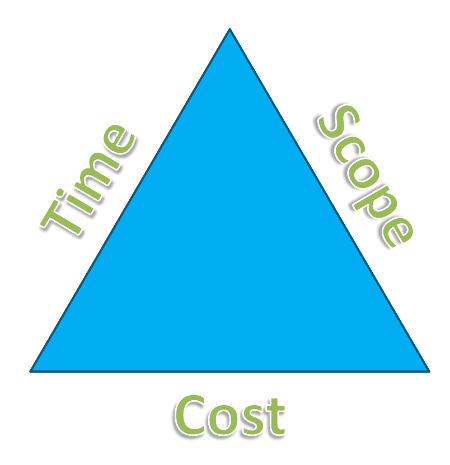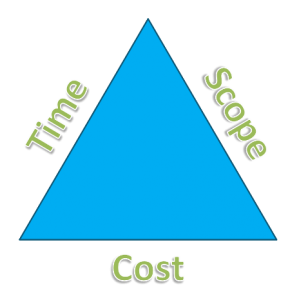 You have a lot of things to do today, as usual, and your mind is running at 100 mph. When you start working on something, five other things that you could be doing pop into your head and break your focus.
You have a lot of things to do today, as usual, and your mind is running at 100 mph. When you start working on something, five other things that you could be doing pop into your head and break your focus.
How is it possible to focus on just one task on days like this? By Preparing, Relaxing and Doing!
Prepare
- Write down the task you’re going to work on and put it in front of you.
- Have another piece of paper handy to write down any other tasks that pop into your head while you’re working.
Relax
- Pay attention to your surroundings – close your eyes and listen. Notice what you hear, just listen to the sounds around you.
- Take a deep breath – breathe deeply and slowly.
- Feel your body – be present to it, notice where any tension is and imagine it melting away with each breath.
- Repeat as necessary.
Do
- Work on the task you wrote down.
- Anytime you think of something else that needs to be done, write it down and then return to your original task.
Why is Prepare, Relax, Do important?
When you look at your to-do list (or if you don’t have it written down, when you think about it), how do you feel? If you’re like many people I work with, you feel stressed and overwhelmed.
When you Prepare, Relax and Do:
- you know what you’re doing right now, what your focus is.
- you’re intentionally leaving the stress behind and allowing yourself to relax (this allows you to get more done and be more focused!).
- you’re capturing the other things that need to be done when you think of them allowing you to:
- not worry about forgetting that they need to be done
- give yourself permission to do them later
Try it today and let me know how it goes for you in the comments below!
Also, repeat the Relax step any time you start to feel stressed or anxious. And if you want some personalized help with this and think working with me might be for you, just let me know by scheduling your own complimentary 30-minute Productivity Breakthrough Session here (this conversation takes place over the phone).









